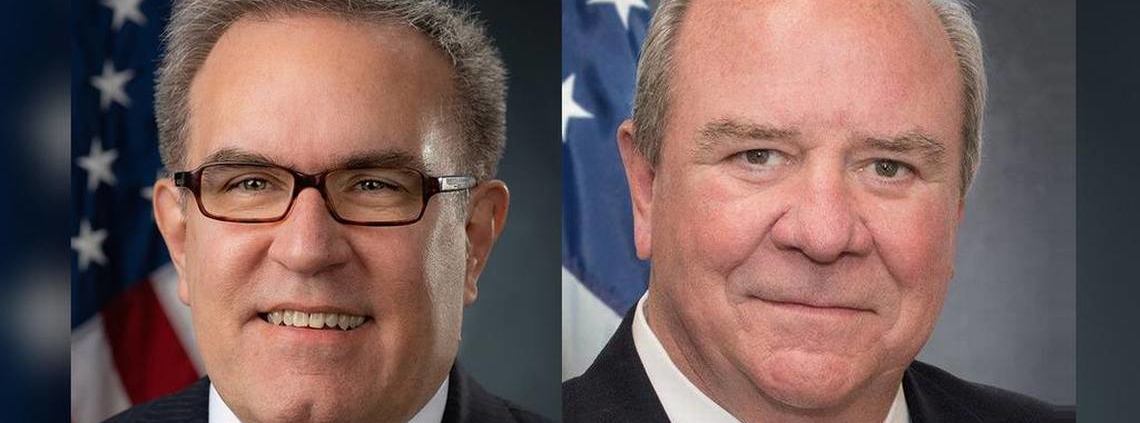THE KANSAS CITY STAR: Guest Commentary: Trump administration’s Waters of the United States rule gives power back to states
Shortly after he took office, Trump issued an executive order directing EPA and the Army to review and replace, as appropriate, the 2015 definition with one that restores the rule of law and the role of states and landowners in managing their land and water resources. He also explicitly charged us to consider doing so in a manner consistent with Justice Antonin Scalia’s opinion in the landmark Rapanos case.
Our proposed new definition would do just that. It would end years of uncertainty over where federal jurisdiction begins and ends. For the first time, we are clearly delineating the difference between federally protected wetlands and state protected wetlands. Our proposal would be clearer and easier to understand, and, inspired by Scalia, it adheres to the statutory limits of our authority. It would help a landowner understand whether a project on his or her property will require a federal permit or not, without spending thousands of dollars on engineering and legal professionals or wasting precious time. Finally, it would ensure that America’s water protections — among the best in the world — remain strong, while giving states and tribes the certainty to manage their waters in ways that best protect their natural resource and local economies.
The proposal identifies six categories of waters that are waters of the United States: traditional navigable waters, like the Mississippi River; tributaries, such as Rock Creek, which feeds into the Potomac River; certain lakes and ponds, such as Great Salt Lake; impoundments; wetlands that are adjacent to a water of the U.S. and certain ditches, such as those used for navigation or those affected by the tide.
It also details what are not waters of the U.S., such as features that only contain water during or in response to rainfall; groundwater; many ditches, including most roadside or farm ditches; prior converted cropland; stormwater control features; and wastewater and waste treatment systems.
Continue reading at The Kansas City Star…
Photo Credit: Staff



